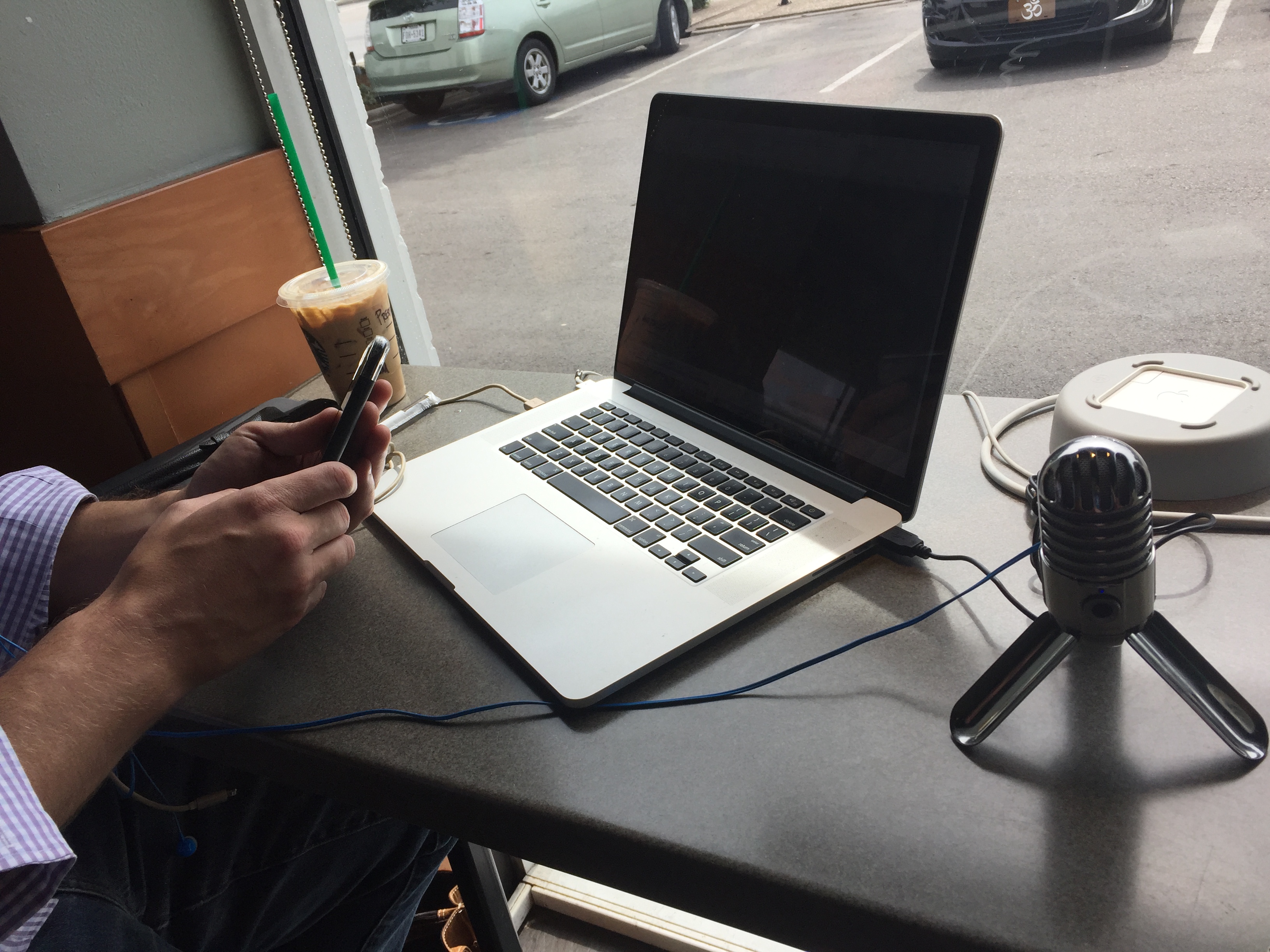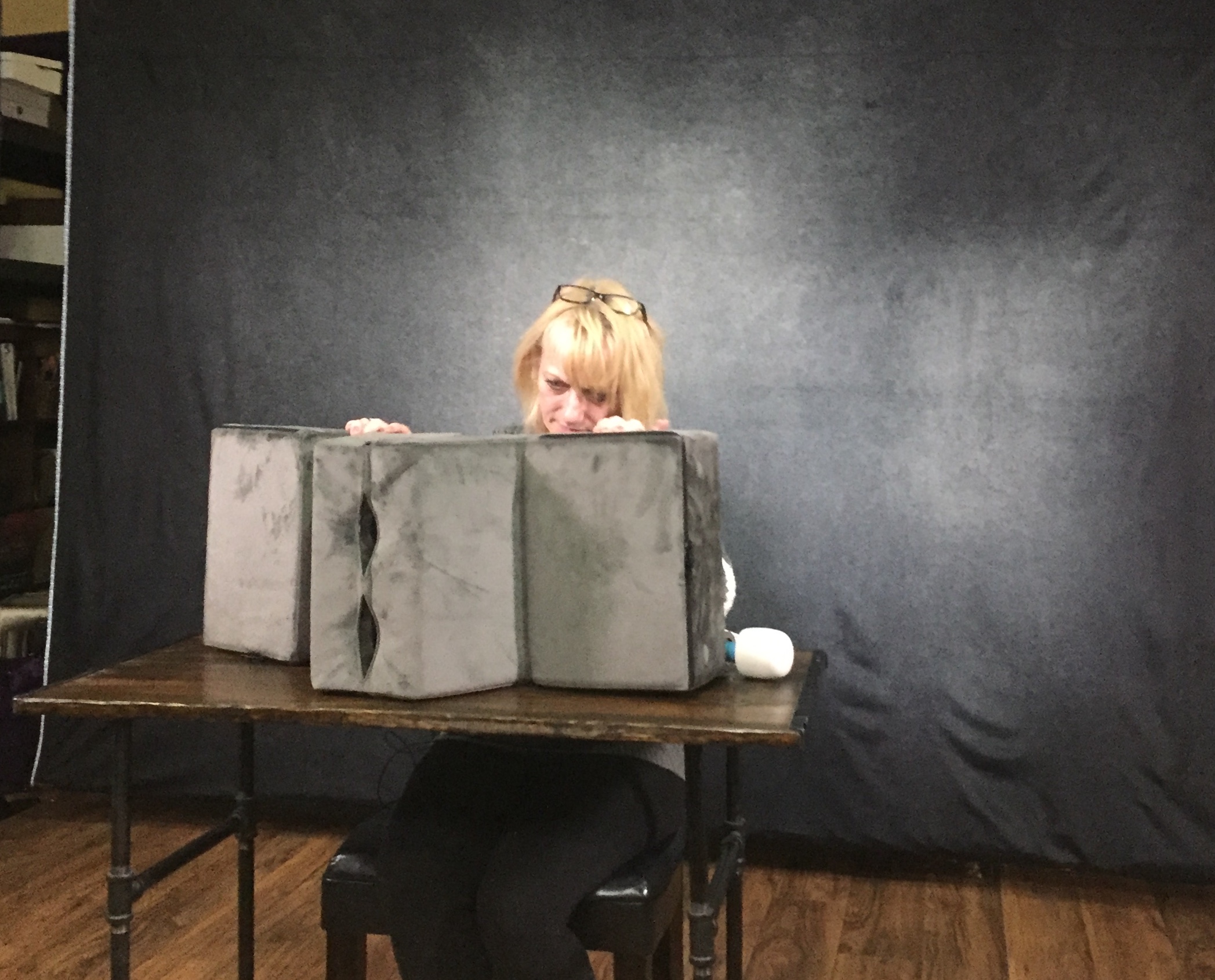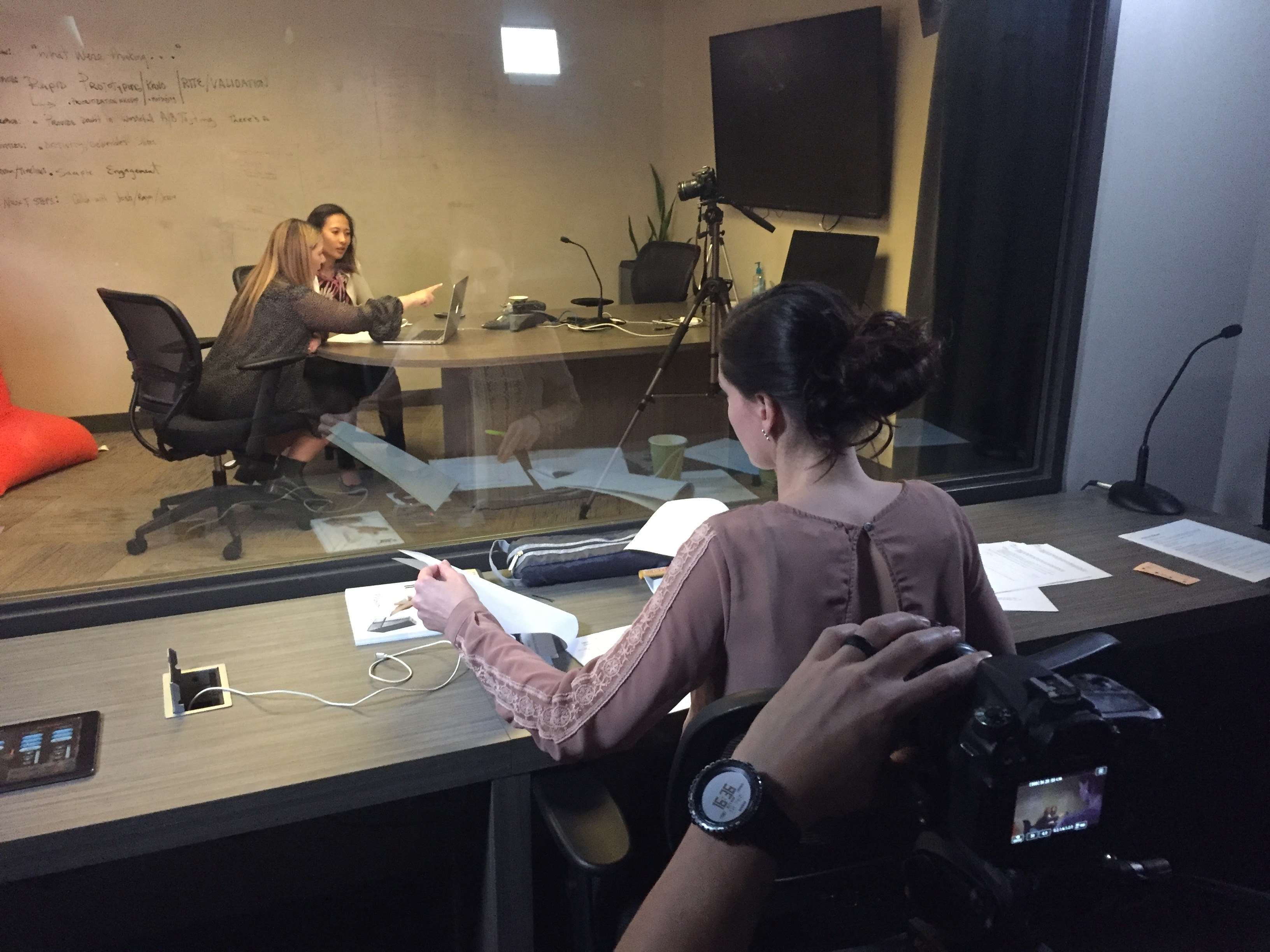Dec 20, 2017 | Rob Andrews
Always be user testing
Usability testing is one of the most critical tools in the field of UX. It offers a way to see how a product works in the hands of real people. Users are run through a series of tasks and are asked their opinions about the product while the researcher notes where they experience problems or confusion. While websites and mobile apps may be the most common things tested in usability studies, they can be useful for all types of products and even some services. Best of all they can be performed at nearly any stage of development no matter what budget you’re working with.
The key is to test early and often in the process sf development, as catching mistakes before a product is released is where the real ROI of usability testing shines. Testing should of course continue after a product is released and new features are added, but the earlier you can start the better.
Ideally you’ll want someone other than the product owner running the test, but don’t let a lack of available help stop you from doing usability testing. Product owners can still facilitate, but it's best not to reveal their association with the product. The key for anyone wearing the facilitator hat is to remain as neutral as possible. Be Geneva, Switzerland.
Here are the three main kinds of usability tests you can run depending on the resources at your disposal and your specific needs.
Guerilla Test
The quickest and cheapest usability test is known as the guerilla test. This is the art of approaching strangers in a cafe or other public place, and asking them to try your product. Offer participants a small incentive on the spot such as a cup of coffee, low-value gift card, or cash. Come prepared with your prototype or live product and ask them to perform a brief think-aloud test.
Pros:
- Can be done with limited resources of time, money, and people.
- Great way to practice and learn the basics of usability testing.
Cons:
- More difficult to screen for target users.
- Not ideal for testing in-depth tasks and scenarios.

In-house Test
You can also conduct a more formal study by setting up a testing environment at your office or other private space. In this scenario, you’ll need to recruit and schedule participants ahead of time. You should offer better incentives than with guerilla testing, since people will be traveling to your location and spending more time performing in-depth tasks. A great way to recruit participants is to post an ad on Craigslist, through any local meetups or other groups that pertain to the audience you are looking for. We recommend creating a Google form as an application to pre-screen participants to make sure they fit the criteria you are looking for.
Pros:
- You can recruit users more selectively.
- More time for in-depth testing.
- Controlled environment for video and audio capture.
Cons:
- Requires more time commitment to setup and for participation
- Likely will have to compensate participants more for their time
- Lack of professional expertise in facilitation

Usability Lab Test
Lastly, you can go all the way with a fully-equipped usability lab. These labs generally feature a sound-proof testing room connected to an observation room by one-way-mirror. Lab testing will cost more than the other types, but can be an extremely valuable tool when your product is relatively mature and you want to get the best results possible.
Usability lab testing is one of the services we offer through ProjectUX. We’re fortunate to have access to state-of-the-art usability labs in Dallas including projekt202 and Bottle Rocket. These facilities allow us to get the best possible feedback and footage for start-ups.
Pros:
- You can recruit users more selectively.
- You can do in-depth testing.
- Bring in product team and stakeholders to observe in-person.
- Allows for highest quality audio and video recordings.
Cons:
- Cost of time and money.
- Requires advance setup for timing, not as spur-of the moment.
- Participant behavior may be affected by unfamiliar, controlled environment.

No matter where your company or product is in its lifecycle there is a way to include usability testing in your process. When it comes to UX research this is one of the most valuable tools available, and while not free is well worth the cost because of how much money it can save in the long run. It is a critical part of the ProjectUX process for startups, and we are lucky to offer a significantly lower-cost entry point for startups to get access to high-quality usability labs and testing.
We will have more posts on this topic soon that go into more detail about the different elements of usability testing as well as tools of the trade, but if you’d like a quick crash course you can check out our video about user-testing where we go into more detail. For now just get out there and test!

